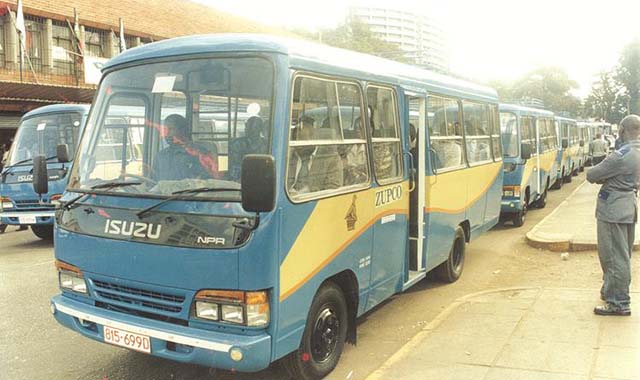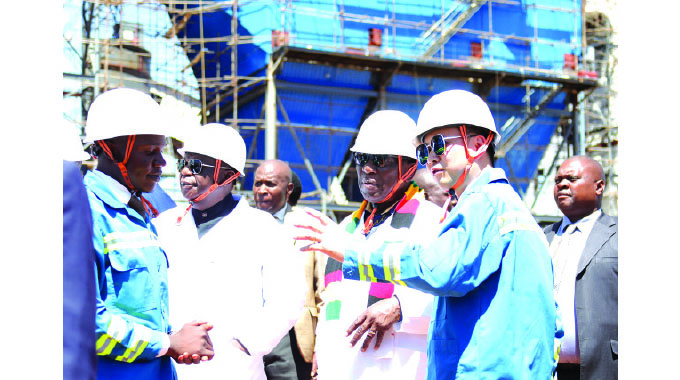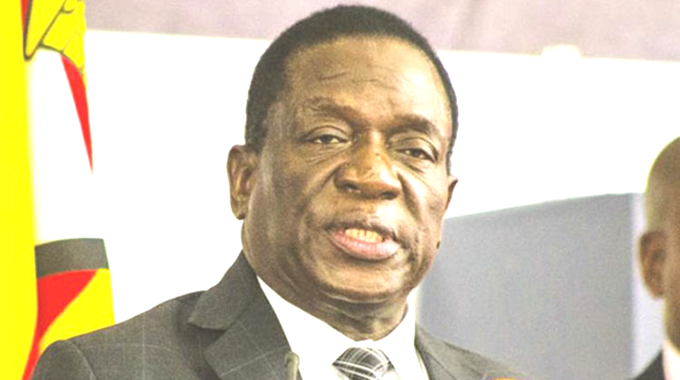Why making a start on African trade deal is vital

 Francis Mangeni Correspondent
Francis Mangeni Correspondent
At their recent summit in July, African Presidents reiterated their determination to launch the Continental Free-Trade Area (CFTA) by December.
Modalities for negotiating goods and services have been agreed and adopted and a draft text for the CFTA Agreement has been put on the table for negotiation.
Some believe the job is more or less done and two or three negotiation sessions are needed before the CFTA can be launched at the end of the year.
The stakes are high. If it is not launched in 2017, Africa will be the laughing stock of the world for failing to meet the deadline that was set in 2012. There is a sense of pride and duty.
The agreement must cover the essential elements — establishment, principles and objectives, non-discrimination, tariff elimination, customs and trade facilitation, standards, transparency and notification, institutions, disputes and the usual final provisions.
Outstanding work such as details of trade remedies can be continued afterwards.
A good strategy for quick progress is to construct the CFTA Agreement using the provisions already available in the agreements of the African regional economic communities that countries have been using over the years.
To supplement this, instruments on customs and trade facilitation and health and technical standards can be constructed on good practice from the World Customs Organisation and global standards-setting bodies.
African administrations and regulatory agencies happily use instruments and documents from these organisations.
There are areas of difference among regional economic communities, such as the settlement of trade disputes. This is a critical area in which rules are required for peaceful and speedy settlement so that trade is not impeded due to confusion, lack of clarity or drawn-out procedure.
A simple provision for consultation and binding arbitration can start off the agreement, but with a built-in agenda for elaborating a comprehensive trade-dedicated court or panel process that is suitable for Africa and eschews the pitfalls of the World Trade Organisation dispute settlement system.
Best practice from regional economic communities demonstrates that an easy digital system for handling non-tariff barriers can be handy for disputes.
The Common Market for Eastern and Southern Africa (Comesa), East African Community (EAC) and Southern African Development Community (SADC) tripartite online system for reporting, monitoring and eliminating non-tariff barriers is best practice par excellence.
A free trade area must have rules of origin — criteria for sorting out which products are produced within the region and should, therefore, be given treatment such as not paying customs duties
Trade problems can be reported using a website or SMS service. Since 2008, when the system was established, 581 non-tariff barriers have been reported, 506 have been eliminated and 75 are outstanding.
In Comesa, the system is supplemented with bilateral consultations and a standing agenda item on non-tariff barriers at technical and ministerial meetings.
Out of 204 such barriers reported among Comesa countries since 2008, only five remain unresolved.
The EAC supplements the online tripartite system with its action plan for eliminating reported non-tariff barriers.
The EAC parliament has adopted a law providing for penalties for imposing these barriers.
For trade disputes, the CFTA could build on the tripartite online system and bring in that of the Economic Community of West African States (Ecowas) in order to bring into operation a continent-wide system.
In Comesa, the EAC, West Africa and Central Africa, for instance, all goods can qualify for free trade agreement treatment if the value of inputs from within the region reaches a set percentage of the total value of the goods (35 percent in Comesa) or the value of inputs from outside the region does not exceed a set percentage of the total value of the goods (60 percent in Comesa).
Goods considered wholly obtained are fairly standard — agricultural products and minerals are in the Harmonised System for Commodity Coding and Description.
It is also possible for goods to qualify for free trade agreement treatment if processing them results in a change in their classification in the tariff book.
In Comesa, there is another criterion for qualifying for the treatment: if the products have been put on the agreed list of goods of particular economic importance, then the value addition required is only 25 percent.
However, if the rules of origin negotiations take the approach of producing product-specific or list rules — specifying a working and processing requirement for every single product for it to qualify for free-trade agreement treatment — it will be impossible to have rules of origin for the CFTA by December 2017 or even December 2018.
The sheer scale of the task, covering more than 5 000 products, is monumental and unmanageable, but can be done over an extended period.
In the tripartite negotiations, after five years of trying to agree on the approach, only about 47 percent of products have been specified.
Comesa took 11 years to complete the change in tariff-heading exercise, but trade could happen under the other criteria for qualifying for free-trade agreement treatment, such as wholly obtained material content or value addition.
A decision on the approach to rules of origin is fundamental and Africa would be best advised to have flexible rules. There have been cases in which rules of origin for intra-Africa trade have been more restrictive than those for trade with other countries, for instance those under the African Growth and Opportunity Act or trade schemes with the EU. This is to be watched and avoided.
Provisions on administration of rules of origin have become fairly standard in facilitating trade and customs.
Digitisation of customs operations including certificates of origin, deserve close attention.
The CFTA will require every African country to eliminate customs duties on at least 90 percent of its total product lines.
Every country may designate some as sensitive and customs duties for them can be reduced over time.
Others can be designated as excluded products on which no tariff reductions are expected.
A better approach would be to adopt a simple continent-wide schedule of tariff elimination, setting out percentages for annual reductions over a five-year period
It is possible to have tariff schedules for the CFTA by December — at least from a sufficient number of countries, especially those that have embedded trade liberalisation and export strategies in their national development programmes — if every country presents its tariff schedule for comment and requests improvement and finalisation for an initial package from this round of negotiations.
However, if tariff negotiations are conducted on a bilateral basis, it will be impossible to complete the negotiations by December 2017, or even December 2018.
The permutations of bilateral negotiations among close to 55 countries or customs territories will be overwhelming.
A better approach would be to adopt a simple continent-wide schedule of tariff elimination, setting out percentages for annual reductions over a five-year period.
Each country would then be required to start undertaking annual reductions to reach 0 percent duty on 90 percent of its tariff lines.
There would then be annual reporting and assessment of the reductions.
Countries with sensitive products would produce an additional schedule.
For excluded products, anti-concentration clauses would set out criteria and countries would be required to notify their schedules of excluded products, subject to consultations and regular review.
What would be even better is if those countries in regional economic communities maintained their free-trade agreement treatment among themselves and then merely extended it to the rest of Africa on condition of reciprocity to avoid free riding.
Actual intra-Africa trade happens on only a few tariff lines.
Idle tariff lines, many due to geographical, cultural or economic conditions, might never have products traded among African countries.
If in the next two or three rounds of negotiations, good progress is made on the text for the agreement, including a regime on non-tariff barriers, rules of origin and tariff schedules for opening Africa’s market, then the CFTA can be launched in 2017. — tralac.org
Dr Mangeni is director of trade, customs and monetary affairs at Comesa.







Comments